When it comes to the high-end smartphone market in recent years, the Mate series has been able to compete with the two giants, Apple and Samsung.The Mate series, as one of Huawei’s most important flagship series, has seen each generation, starting from the first Huawei Ascend Mate released in 2013, become increasingly successful in terms of design, hardware, and functionality.
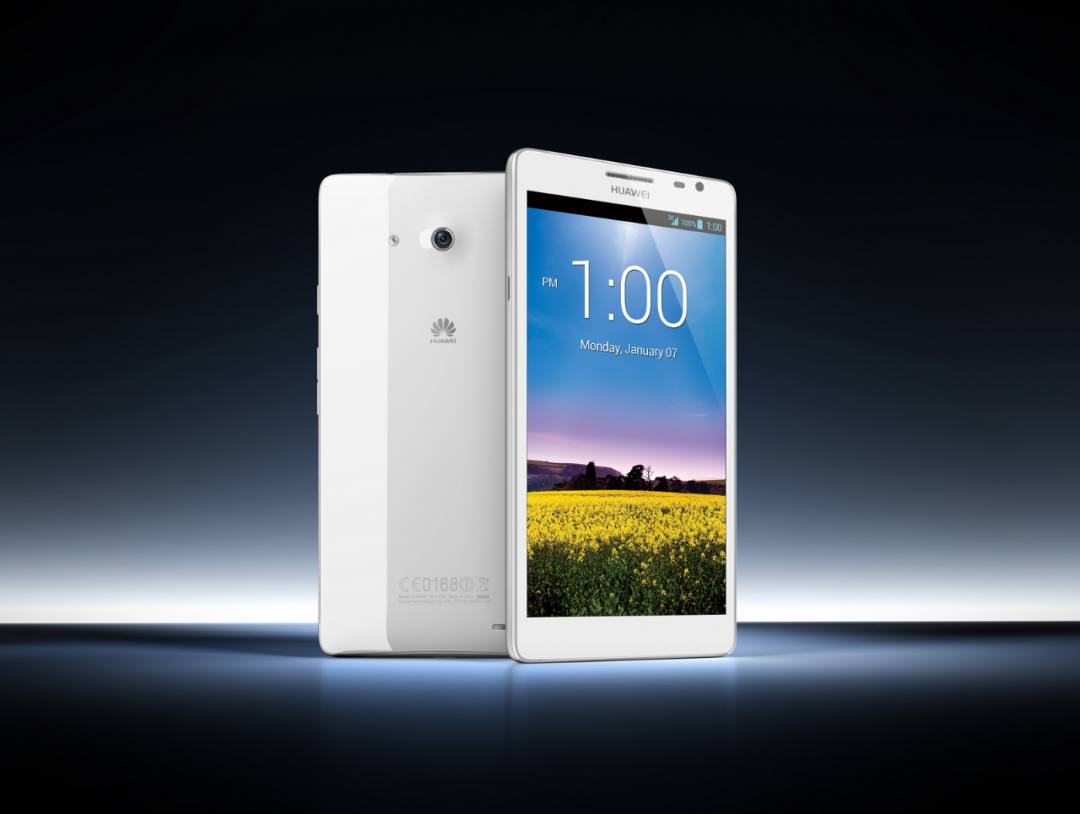
Especially in photography, the Huawei Mate series models equipped with Leica lenses have become the first choice for many photography enthusiasts. Unknowingly, the Huawei Mate 30 series has already become Huawei’s eighth-generation product. In fact, the history of the Huawei Mate series is not very long.Perhaps we can take a look back at the classic models of the Huawei Mate series with Haozi to summarize why the development of the Huawei Mate series has been so rapid.Huawei Mate (Ascend Mate)
Unknowingly, the Huawei Mate 30 series has already become Huawei’s eighth-generation product. In fact, the history of the Huawei Mate series is not very long.Perhaps we can take a look back at the classic models of the Huawei Mate series with Haozi to summarize why the development of the Huawei Mate series has been so rapid.Huawei Mate (Ascend Mate)
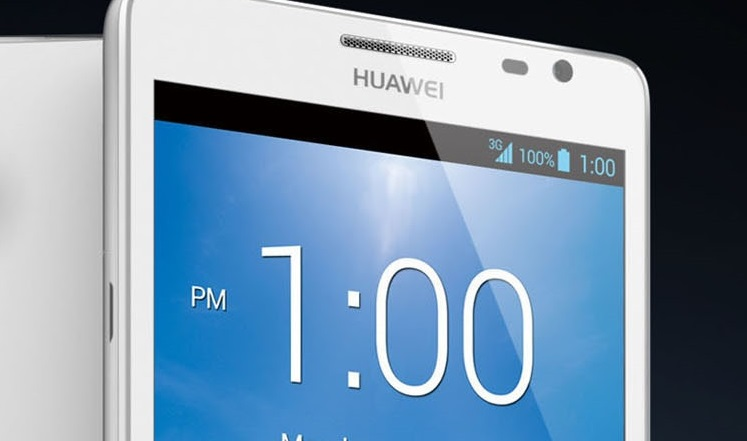
The Huawei Mate was a smartphone launched in March 2013. It features a 6.1-inch fully laminated IPS material 1280×720 HD screen, a 4050mAh lithium polymer battery, a K3V2 quad-core 1.5GHz processor, and an embedded 16-core GPU, integrating high performance with low power consumption. People often say that Haozi is not a loyal user of the Huawei Mate, but seeing a 6.1-inch screen and a 4050mAh large battery in 2013 was indeed impressive. Looking back at 2013, its capabilities are evident.After all, at that time, smartphones were just beginning to enter the large-screen era, with the iPhone 5 featuring a 4.0-inch screen and Samsung’s S4 only having a 5.0-inch screen.
People often say that Haozi is not a loyal user of the Huawei Mate, but seeing a 6.1-inch screen and a 4050mAh large battery in 2013 was indeed impressive. Looking back at 2013, its capabilities are evident.After all, at that time, smartphones were just beginning to enter the large-screen era, with the iPhone 5 featuring a 4.0-inch screen and Samsung’s S4 only having a 5.0-inch screen.
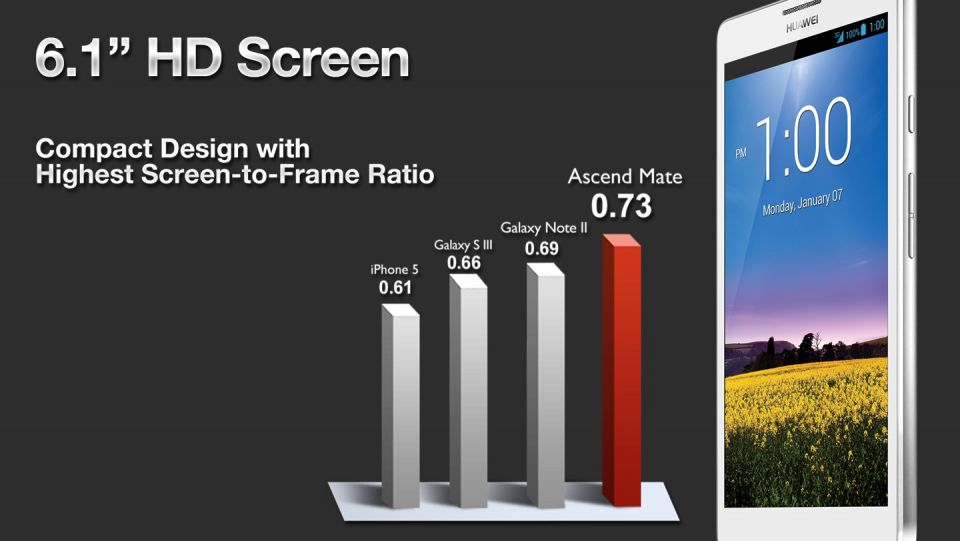
Although the screen resolution is only 720p, the elegant and simple design, combined with ultra-narrow bezels, makes it very competitive. It runs on EmotionUI based on Android 4.1, featuring a unified desktop, multi-window on the same screen, one-handed operation, smart reading, and a voice assistant.
It runs on EmotionUI based on Android 4.1, featuring a unified desktop, multi-window on the same screen, one-handed operation, smart reading, and a voice assistant.

It also boasts the most comprehensive video decoding capabilities, magical touch control, dual Wi-Fi, dual navigation, call noise reduction, signal enhancement, Dolby sound effects, and an 8-megapixel BSI back-illuminated main camera. From the large screen and long battery life, it can be seen that the Huawei Mate series has had a business-oriented inclination since its inception, and the top-notch configuration set a good foundation for the dynasty of the Huawei Mate series.Huawei Mate 7
From the large screen and long battery life, it can be seen that the Huawei Mate series has had a business-oriented inclination since its inception, and the top-notch configuration set a good foundation for the dynasty of the Huawei Mate series.Huawei Mate 7
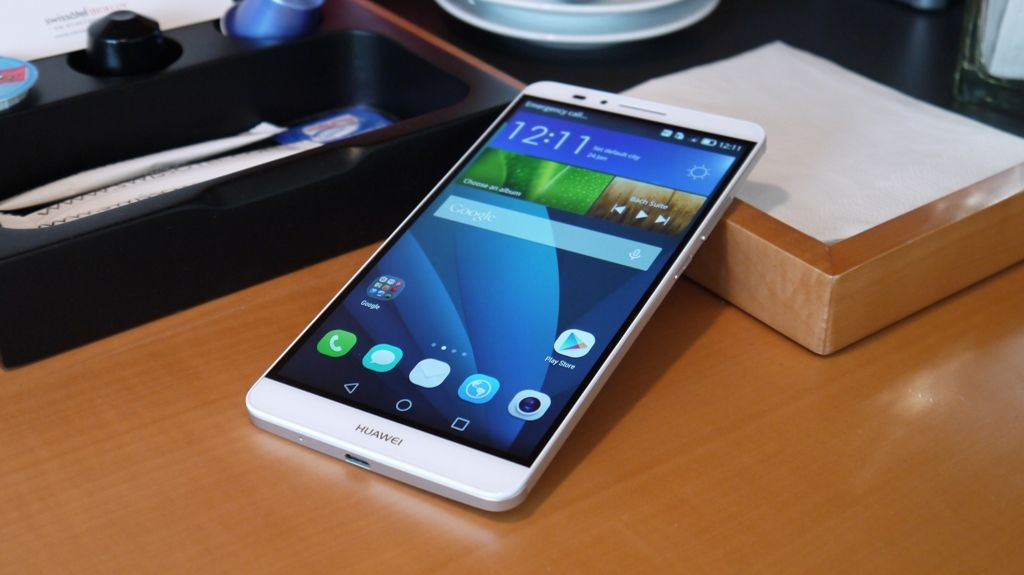
As one of the few Chinese faces at the IFA 2014 Consumer Electronics Show in Berlin, Huawei’s flagship new device Mate 7, which claims to compete with Apple and Samsung for the high-end market, received strong attention. The Huawei Mate 7, as the third-generation product of the Mate series, still features a 6-inch cross-border screen size but with an ultra-narrow bezel design.The Mate 7 is equipped with a 6-inch 1080p screen, which is larger than the Note 4, and features a full metal body and fingerprint unlocking and payment functions.
The Huawei Mate 7, as the third-generation product of the Mate series, still features a 6-inch cross-border screen size but with an ultra-narrow bezel design.The Mate 7 is equipped with a 6-inch 1080p screen, which is larger than the Note 4, and features a full metal body and fingerprint unlocking and payment functions.
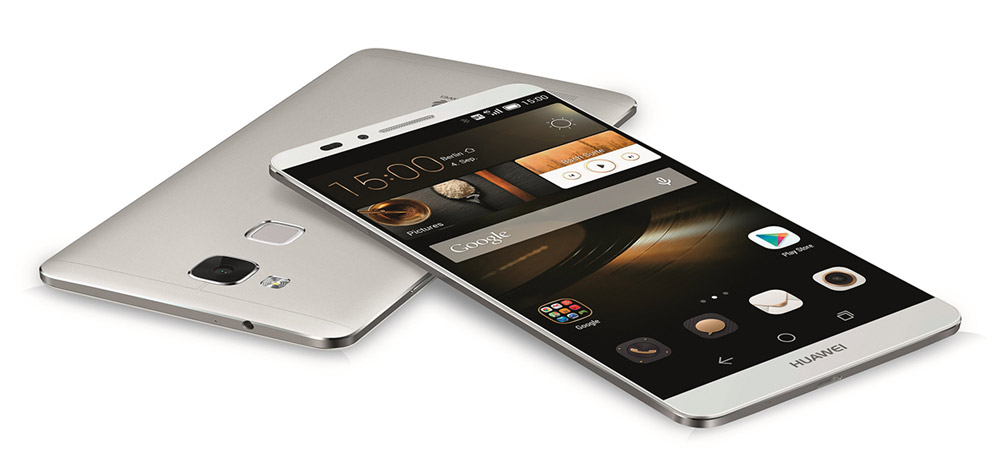
The device is also thinner at just 7.9mm, a significant improvement over its predecessor, and in terms of craftsmanship, it adopts an integrated body design and uses aerospace aluminum material, greatly enhancing the grip feel.Notably, Huawei also introduced fingerprint scanning functionality for the first time in a smartphone.Unintentionally, the Huawei Mate 7 became a success, with cumulative global shipments exceeding 6.5 million units.
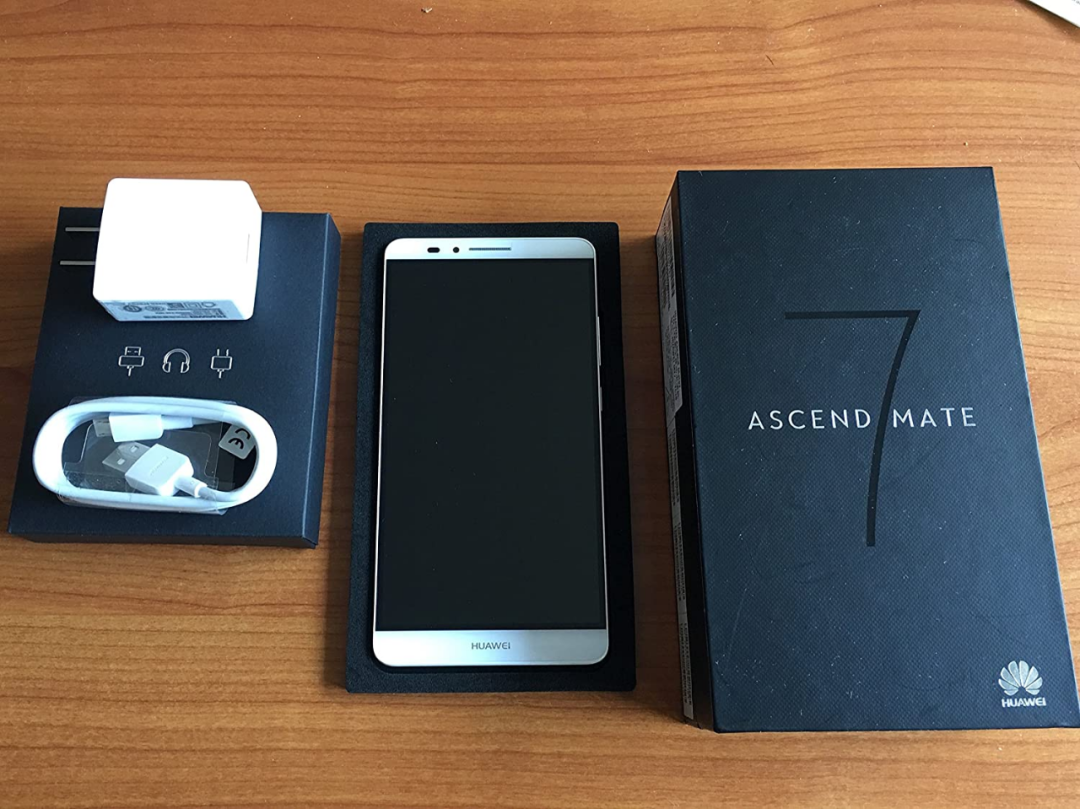
This phone is indeed a sincere creation from Huawei, both in terms of the system and hardware. In terms of appearance, the metal shell and good touch, along with the three-segment design, although reminiscent of HTC, are indeed beautiful.Perhaps Huawei itself did not expect that the Mate 7 would become the best-selling model that autumn, even surpassing Apple’s iPhone 6 and Plus.This is just the beginning; the success of the Huawei Mate 7 also shows us the hope for domestic devices, indicating that domestic brands can indeed pursue the high-end route.Mate S
In terms of appearance, the metal shell and good touch, along with the three-segment design, although reminiscent of HTC, are indeed beautiful.Perhaps Huawei itself did not expect that the Mate 7 would become the best-selling model that autumn, even surpassing Apple’s iPhone 6 and Plus.This is just the beginning; the success of the Huawei Mate 7 also shows us the hope for domestic devices, indicating that domestic brands can indeed pursue the high-end route.Mate S

This was Huawei’s attempt to break into the market for devices priced above 4000 yuan, with the Huawei Mate S being a brand new flagship device featuring a 5.5-inch ultra-HD screen with a 1080P resolution. The appearance continues the exquisite integrated all-metal body design while adding a 2.5D curved screen, making it visually stunning.It is powered by the Kirin 935 processor, with 3GB of RAM and 64GB of local storage, delivering outstanding performance and smooth system operation.
The appearance continues the exquisite integrated all-metal body design while adding a 2.5D curved screen, making it visually stunning.It is powered by the Kirin 935 processor, with 3GB of RAM and 64GB of local storage, delivering outstanding performance and smooth system operation.
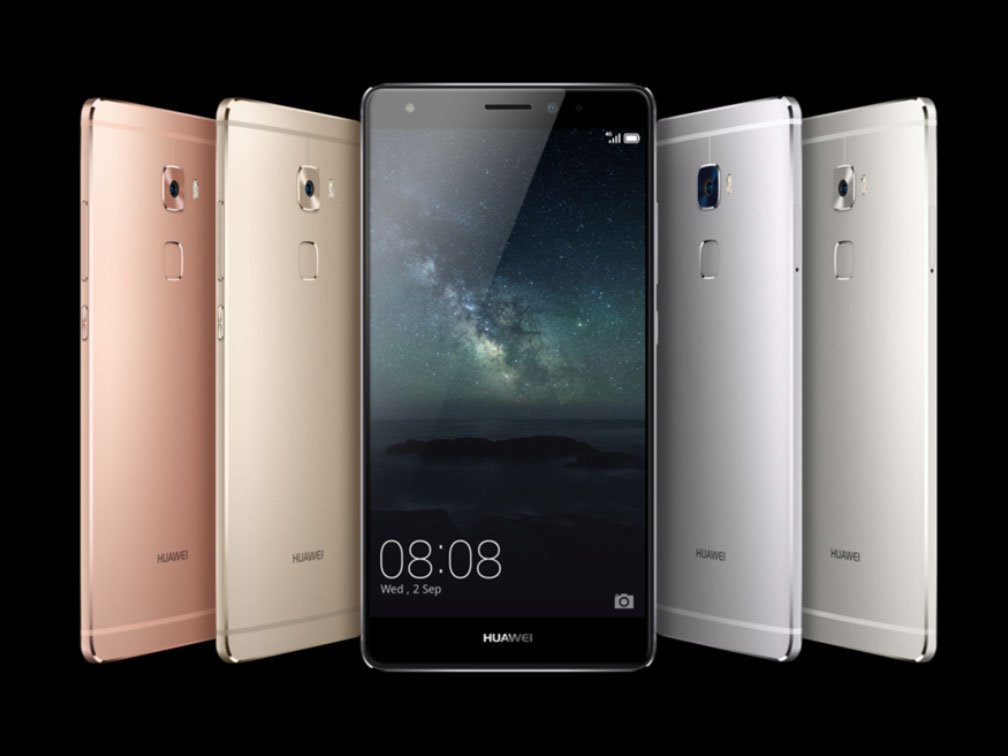
This device supports the new fingerprint 2.0 recognition technology and knuckle 2.0 technology, but the biggest highlight is that it was the first to feature Force Touch functionality (released earlier than Apple’s iPhone 6S).Pressure-sensitive screens first appeared in the public eye in the form of the Apple Watch, effectively addressing the shortcomings of operating on a small screen with thick fingers.

Although the application of pressure-sensitive screens is not yet mature, this approach still conveys Huawei’s desire to innovate in smartphones and escape the serious homogenization situation. Extending the touch between people to machines opens a new era of human-computer interaction.
Extending the touch between people to machines opens a new era of human-computer interaction.
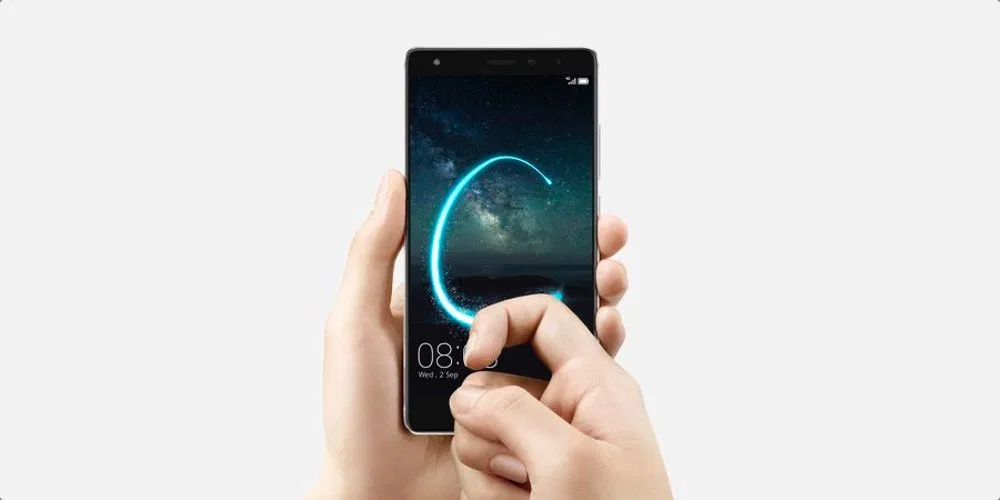
The Huawei Mate S has been a hot seller in multiple countries, not only as an excellent product of Huawei’s commitment to quality but also gradually pushing the Huawei brand towards the high-end market with continuous consumer recognition.Huawei Mate 20 Pro
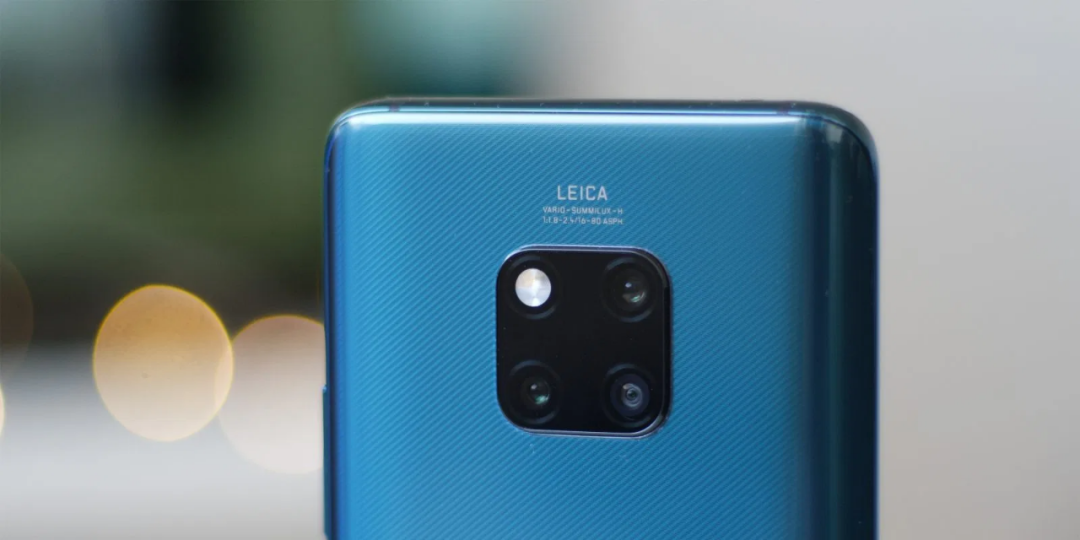
The Mate 20 Pro is a new flagship phone launched by Huawei in 2018, alongside the iPhone XR/iPhone XS series. After the official release of the iPhone XR/iPhone XS series, Huawei’s consumer business CEO, Yu Chengdong, stated on Weibo, “It’s stable.”
After the official release of the iPhone XR/iPhone XS series, Huawei’s consumer business CEO, Yu Chengdong, stated on Weibo, “It’s stable.”
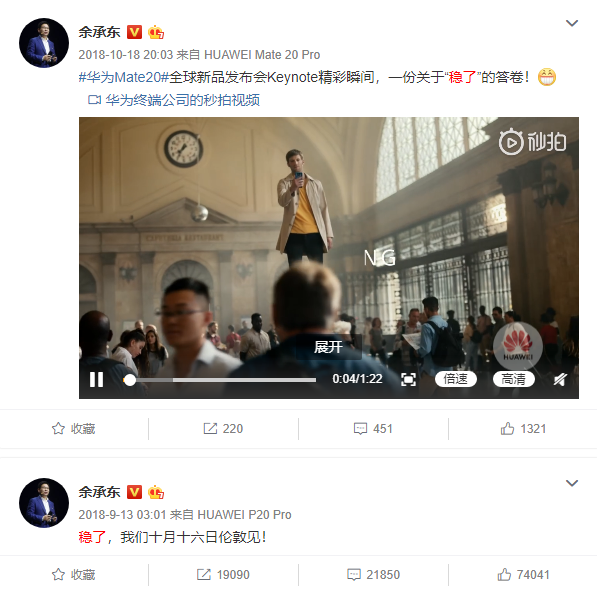
What kind of device can shake the latest flagship iPhone XR/iPhone XS series? Huawei’s answer is the Huawei Mate 20 Pro.
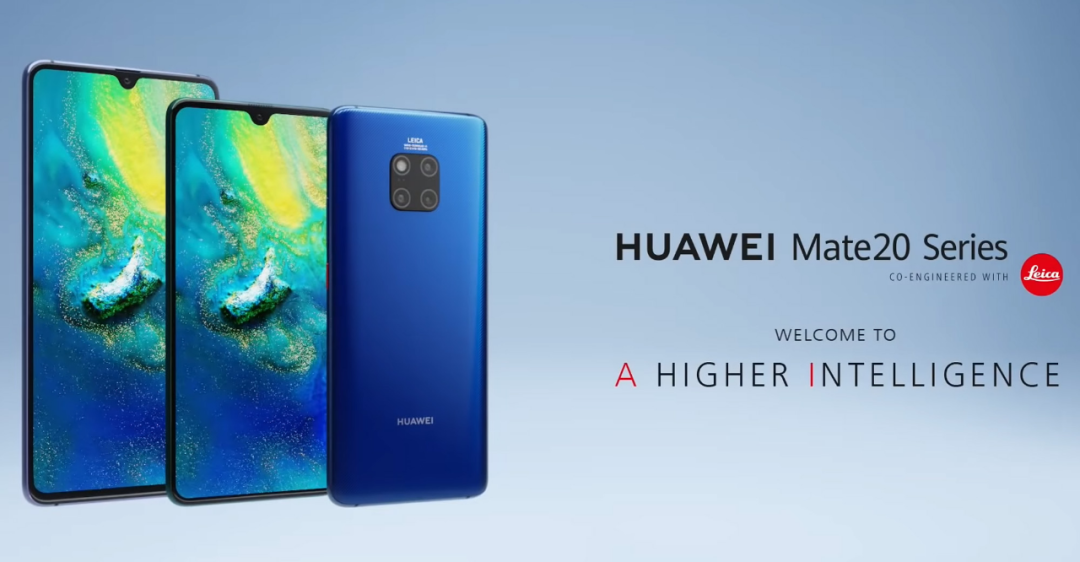
The pinnacle of Huawei’s smartphone, it can be called the Android king, and even after a year and a half since its release, it remains highly regarded, being one of the most successful Huawei phones. The Huawei Mate 20 Pro features a 6.39-inch OLED screen with a resolution of 2K+1440 x 3120 pixels.It is powered by the Kirin 980 flagship chip, with a CPU frequency of: 2 x Cortex-A76 Based 2.6GHz + 2 x Cortex-A76 Based 1.92GHz + 4 x Cortex-A55 1.8GHz.
The Huawei Mate 20 Pro features a 6.39-inch OLED screen with a resolution of 2K+1440 x 3120 pixels.It is powered by the Kirin 980 flagship chip, with a CPU frequency of: 2 x Cortex-A76 Based 2.6GHz + 2 x Cortex-A76 Based 1.92GHz + 4 x Cortex-A55 1.8GHz.
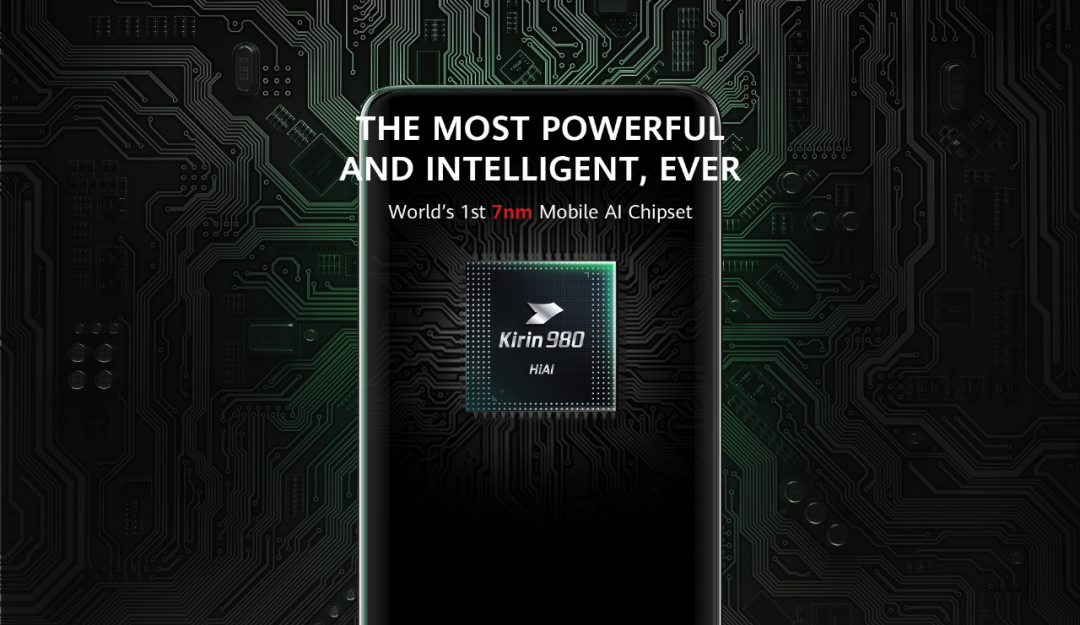
It features a rear Leica triple camera: 40 million pixels (wide-angle, f/1.8 aperture) + 20 million pixels (ultra-wide-angle, f/2.2 aperture) + 8 million pixels (telephoto, f/2.4 aperture), which can be said to be a significant upgrade from the Huawei P20 Pro. For the first time, it supports IP68 water resistance, which also gives it underwater photography capabilities; the 40W super fast charging can charge up to 70% in 30 minutes, and it also supports 15W wireless fast charging and reverse wireless charging.This device, with its unbeatable camera, 40W super fast charging, 2K curved screen, and 3D facial recognition, once sat atop the Android throne, even leading some to feel that the Mate 30 Pro was just a minor upgrade.In conclusionHaozi wants to say that the journey from having no smartphones to high-end devices is not something that can be achieved overnight.
For the first time, it supports IP68 water resistance, which also gives it underwater photography capabilities; the 40W super fast charging can charge up to 70% in 30 minutes, and it also supports 15W wireless fast charging and reverse wireless charging.This device, with its unbeatable camera, 40W super fast charging, 2K curved screen, and 3D facial recognition, once sat atop the Android throne, even leading some to feel that the Mate 30 Pro was just a minor upgrade.In conclusionHaozi wants to say that the journey from having no smartphones to high-end devices is not something that can be achieved overnight. Please allow Haozi to quote a statement from Yu: Remember when we set our goal to pursue the high-end route, we had no brand influence, opening up the market was very difficult, and there were doubts from both inside and outside the company.
Please allow Haozi to quote a statement from Yu: Remember when we set our goal to pursue the high-end route, we had no brand influence, opening up the market was very difficult, and there were doubts from both inside and outside the company.

From the launch of the first Mate to the current Mate 30 series, we have stumbled along the way, constantly pondering how to improve consumer experience and what consumers need.From taking our first steps to leading in smartphone photography, and now leading in the 5G era, we thank our consumers for their continued support. In the future, we will continue to forge ahead and provide better products to consumers.Note: Some images in this article are sourced from the internet.
End





Technology Back and Forth Apple & Android APP is now online!
Only the APP supports installment payments via Bai Tiao and Hua Bei.
⇣Please click 【Read the original text】 to download!⇣